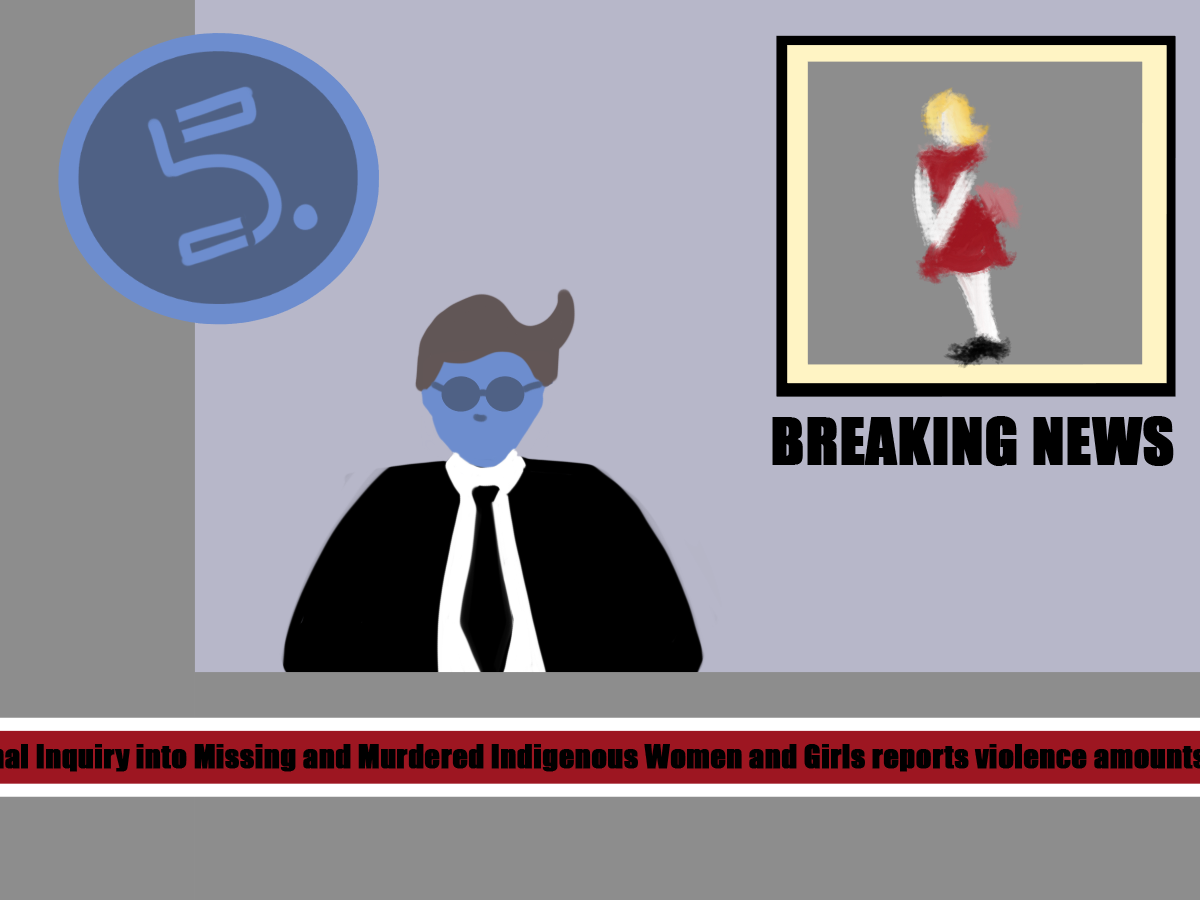Amid the media frenzy surrounding the murder of Gabby Petito, the striking silence on missing and murdered Indigenous women feels louder than ever
The Gabby Petito story is a tragedy that has captured people’s attention across nations, as the missing persons case of the 22 year old American influencer, on a seemingly picturesque trip across the US with her boyfriend Brian Laundrie, unfolded.
Outrage ensued, and her story became a viral sensation — why does her supposedly perfect boyfriend have nothing to say? Was Petito’s well-curated social media hiding a darker truth? One week after her parents officially reported her as missing, her body was found in Wyoming’s Bridger-Teton National Forest, and suddenly, her boyfriend fled and was nowhere to be found.
The demand for justice in Petito’s case continues to grow as social media platforms and news outlets persevere in keeping her story alive, giving a voice to the public’s anger and grief. That is, of course, the superpower of the media: to create urgency, and evoke public concern for something they might not have noticed otherwise.
Petito’s case undoubtedly sheds light on the greater conversation of femicide, and opens the door to a discussion about the continuous need for elevating the rights of women. After all, if our society’s social progress still amounts to the frequent murder of women and girls, then we have clearly not progressed enough.
However, even with the massive spotlight being placed on this story, the conversation behind the disappearance and homicide of women still lacks nuance — the racial dimension which permeates the issue.
What is desperately missing from the conversation is intersectionality. Clearly, both mainstream and social media have the power to rally behind a missing woman and demand justice, but in this scenario the woman happened to be white. The problem is not her whiteness — the problem is the stark silence of the media when it comes to every other kind of woman. This issue has no better illustration than through the treatment of missing and murdered Indigenous women and girls.
The park where Petito tragically went missing and was later found is located in Wyoming, a state which has seen over 710 Indigenous women and girls disappear in the last decade. Their stories never garnered the kind of desperation and disbelief which Petito has thankfully been afforded, and consequently their cases were never given the same kind of dedication or persistence.
If the media’s role is to bring urgency to the stories which demand it most, then the silence with which Indigenous women have been met is a profound failure. The Native Women’s Association of Canada estimates that since the 1980s more than 4,000 Indigenous women and girls have gone missing or been murdered.
That’s 4,000 stories like Petito’s, which we never got to hear.
Canada’s 2017 National Inquiry into Missing and Murdered Indigenous Women and Girls concluded through the use of statistics and testimony from 2,380 family members and survivors across Indigenous communities that the rates of violence experienced by Indigenous women amounted to a “Canadian genocide.”
According to Amnesty International the homicide rate amongst Indigenous women is roughly 4.5 times higher than any other demographic of women.
The evidence makes it clear that in any proportional news system, we should have seen far more stories about missing Indigenous women than are currently being reported. Yet the reality is that many of those stories are never heard outside of the spaces of First Nations communities.
It is too great a burden to expect the stories to stay within those spaces alone, especially when the problem lies externally — and so does the solution.
We chose to give Petito a voice, a voice which she deserved, and which was stolen from her unjustly. And we can choose to extend that same right to Indigenous women. The spotlight does not have to be limited, with the truth being that women of all demographics can fit within its light.
Whether it’s by learning their names and faces, the posts we make on social media, or even the stories we choose to read and write, our actions can rally urgency when it comes to valuing the lives of missing and murdered Indigenous women. We must do these things, so that one day soon, we can hopefully see justice not only for Petito, but for the many women like her.
Graphic by James Fay




